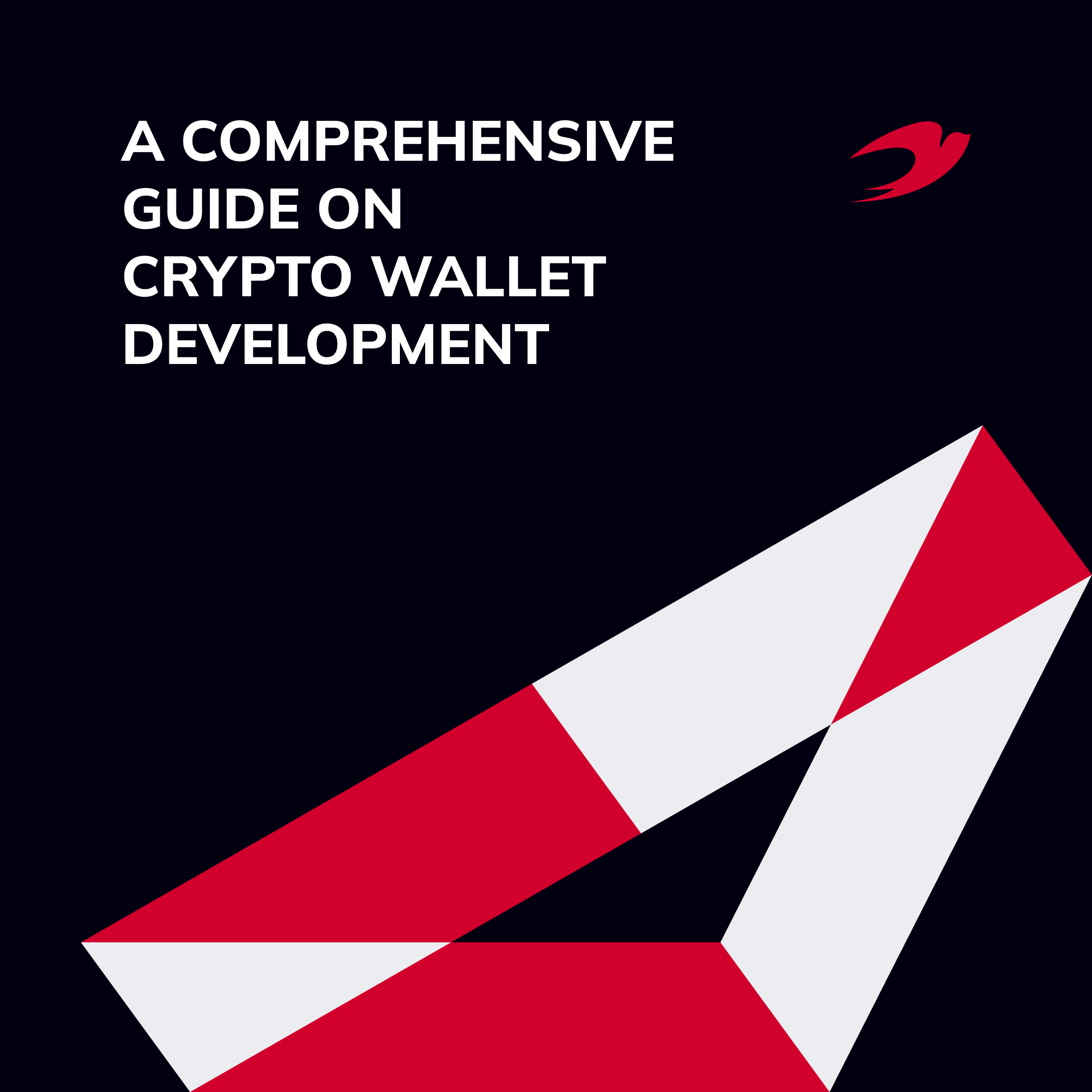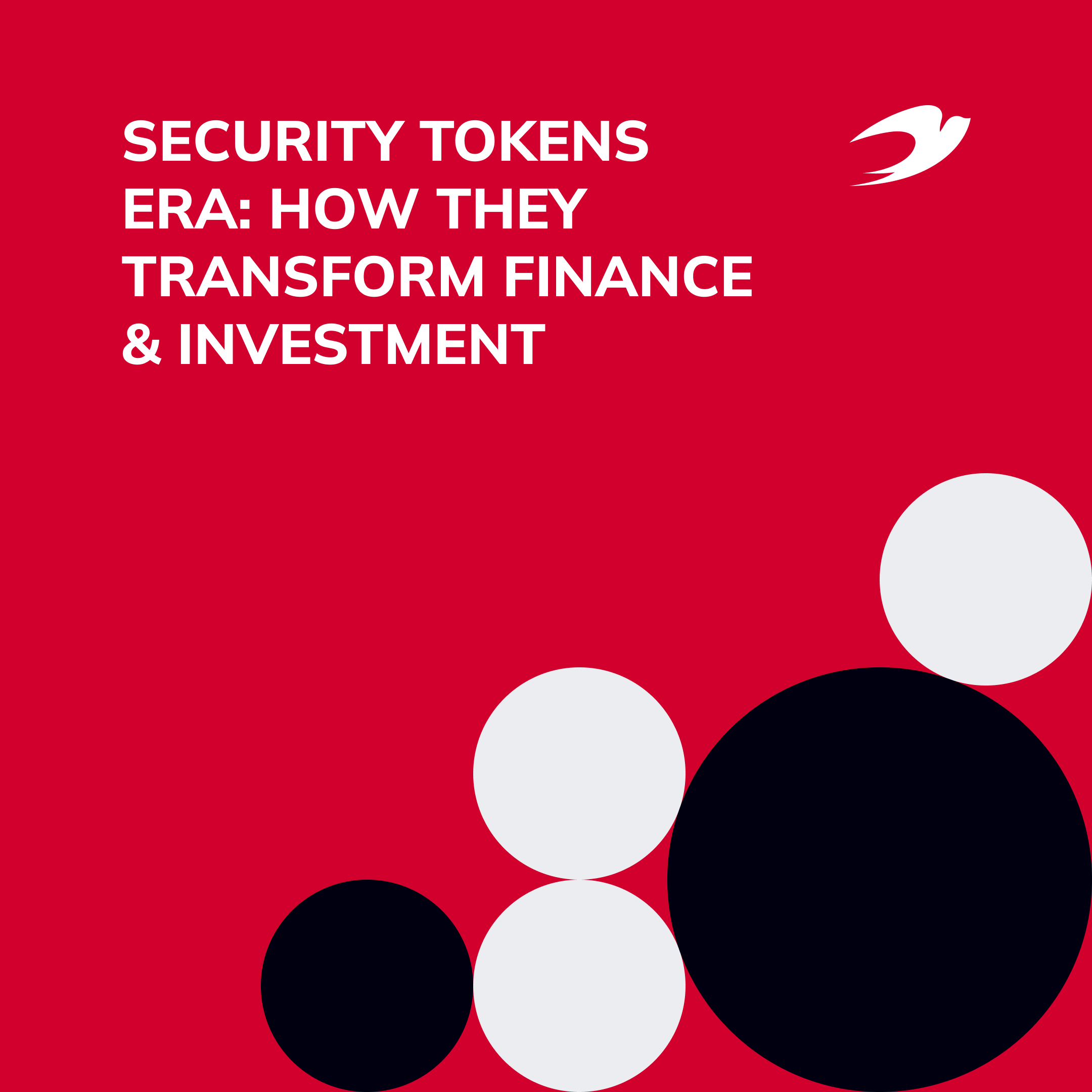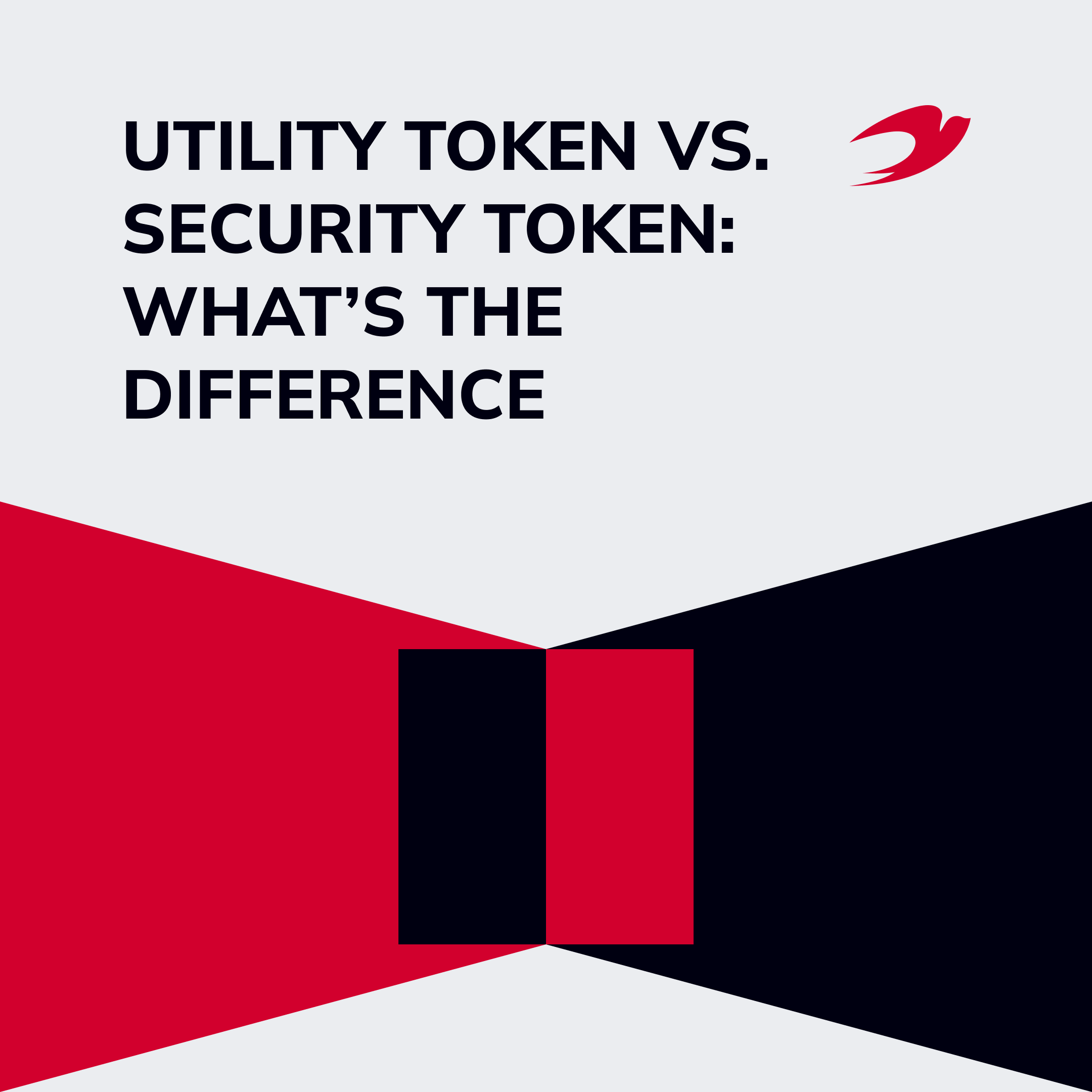In an era marked by rapid technological advancements, the internet has undergone a remarkable journey of transformation. As we navigate this digital generation, the term “Web 2.5” has emerged as a captivating subject of discussion and exploration.
This article delves into the intricacies of Web 2.5, shedding light on its significance in the ever-evolving landscape of the Web. As curiosity about the Internet’s evolution grows, we explore what makes Web 2.5 different from Web 2 and Web 3. Join us as we unravel the key features of Web 2.5 and its practical implications.
Want to empower your web2 solution with blockchain?
IdeaSoft offers expert consultation and tailored solutions to help businesses navigate the Web 2.5 landscape successfully. Our team can provide guidance on technology integration, user-centric design, and strategies for harnessing the capabilities of Web 2.5 to achieve your specific goals. Feel free to reach out to us for personalized guidance.
Table of content:
- Understanding the Evolution of the Web 2.5
- Web 2.5: The Intermediate Stage
- Contrasting Web 2.5 with Web 2
- What makes Web 2.5 different from Web 3
- Practical Implications of Web 2.5
- Key Web 2.5 Insights for Product Owners
- Building and Using Web 2.5 Applications
- Summary
Understanding the Evolution of the Web 2.5
To understand what Web 2.5 is, it’s essential to first establish a foundational understanding of its predecessors. Web 2, often referred to as the “Social Web” marked a pivotal shift in the internet’s narrative. It introduced concepts like user-generated content, interactivity, and collaboration, giving rise to influential information platforms such as Facebook, YouTube, and Wikipedia.
This era transformed the web into a dynamic space where users played an active role in content creation and sharing.
Web 2.5, while not universally defined, can be seen as an intermediate stage between Web 2 and the anticipated Web 3. It likely encompasses advancements like augmented reality, virtual reality, and enhanced data analytics, offering users more immersive and personalized digital experiences.
As we approach Web 3, the focus is on making web data more machine-readable and interconnected with techs like blockchain and advanced AI. This understanding guides our exploration of the key features of Web 2.5 and their role in the Internet’s future.
Web 2.5: The Intermediate Stage
Web 2.5 represents a pivotal phase in the ever-evolving landscape of the internet. It can be characterized by several key features that set it apart from Web 2 and Web 3. This intermediate stage builds upon the foundations of Web 2, where user interaction and content creation were paramount, but it also integrates emerging technologies that foreshadow the forthcoming Web 3.0.
The key features of Web 2.5 include an increased emphasis on user immersion and personalization. This phase brings forth augmented reality (AR) and virtual reality (VR), which aim to blur the lines between the digital and physical worlds. Additionally, Web 2.5 leverages the capabilities of artificial intelligence (AI) and blockchain technology. AI enhances user experiences by understanding behaviors and preferences, enabling more tailored content recommendations. On the other hand, blockchain bolsters security, transparency, and trust in transactions, revolutionizing various industries, including finance, supply chain, and digital collectibles.
Web 2.5 is often regarded as an intermediate stage due to its transitional nature. It uses emerging tech for better user engagement but doesn’t fully adopt the decentralization and semantic web aspects of Web 3. Instead, it acts as a bridge between Web 2 and the future, where blockchain, AI, and decentralized systems shape the Internet’s evolution. As we delve deeper into Web 2.5, we’ll uncover how these technologies redefine online experiences and pave the way for the internet’s next chapter.
Contrasting Web 2.5 with Web 2
When comparing Web 2.5 to Web 2, several notable distinctions emerge. Web 2 marked a significant shift with the widespread adoption of social media, cloud computing, and mobile devices, resulting in the continuous introduction of new apps to mobile app stores. However, Web 2.5 goes beyond introducing immersive technologies like AR and VR. These innovations reshape digital content interaction, providing dynamic and interactive experiences that extend beyond conventional text-based communication.
Another notable contrast lies in data ownership and control. In Web 2, data resided within tech giants that monetized user-generated content and interactions. Web 2.5 places a stronger emphasis on individual ownership and control of personal data. Tech companies in this phase often focus on data security, privacy, and consumer consent. This gives individuals more agency over their digital identities.
What makes Web 2.5 different from Web 3
While Web 2.5 represents a significant advancement in the evolution of the Internet, it is important to compare it to the emerging Web 3 and its applications to appreciate the core distinctions between these phases. One of the fundamental differences lies in the concept of decentralization.
Web 3, often associated with the “Decentralized Web” or the “Semantic Web,” envisions a digital landscape where data and applications are distributed across a network of nodes, eliminating the need for central authorities. In contrast, Web 2.5 retains certain centralized elements, especially in the deployment of AR and VR experiences, which may rely on centralized servers and platforms for content delivery and interaction.
Blockchain technology plays a crucial role in distinguishing Web 3 from Web 2.5. Web 3 emphasizes leveraging blockchain for trust, security, and transparency across various sectors, such as finance, supply chain, and identity management. Blockchain serves as a decentralized ledger, ensuring the security and integrity of transactions and data, a feature that differs from Web 2.5.
In contrast, when using Web 2.5 for blockchains, it allows for a certain level of centralization, making it more user-friendly and accessible. This approach allows individuals to gradually adapt to blockchain technology without feeling overwhelmed by its complexities, which differs it from the more fully decentralized approach witnessed in Web 3.
Web 3 also incorporates advanced artificial intelligence (AI) and machine learning (ML) technologies to enhance user experiences and enable intelligent data analysis. These AI and ML capabilities empower Web 3 applications to understand, interpret, and respond to user behavior and preferences. In contrast, Web 2.5 primarily focuses on adopting AR and VR technologies.
In summary, while Web 2.5 represents a significant step forward in user immersion and personalization, Web 3 introduces a more profound paradigm shift with its emphasis on decentralization, blockchain, and the incorporation of advanced AI and ML technologies. These core distinctions between Web 2.5 and Web 3 illuminate the evolving landscape of the Internet and offer unique opportunities and challenges in each phase.
Practical Implications of Web 2.5
In the era of Web 2.5, businesses face the challenge and opportunity of adapting their strategies to harness the full potential of emerging technologies.
Our experts have identified three key technologies where Web 2.5 holds the most promise and potential for businesses.
Blockchain Integration
Incorporating blockchain technology to enhance security, transparency, and trust in transactions can involve various applications. This includes utilizing blockchain for supply chain management, facilitating secure cross-border payments, and verifying the authenticity of digital assets and collectibles.
As one of the examples of successful integration of blockchain, we can see the Hoper waste management platform developed by the IdeaSoft team. The platform combines waste management collection and a social network gathering people into communities. The primary mission behind the project was to encourage people to clean overstock trash and garbage around polluted spaces to provide safer environments.
For this purpose, we created a reward system based on Hopercoin tokens. Platform users receive tokens for cleanup cases. Then they can exchange Hopercoin for the products and services offered by the platform partners and investors.
Tokenization
Tokenization in the context of Web 2.5 carries numerous practical implications with the potential to reshape our digital experiences. It empowers individuals with true ownership and control over digital assets, reducing reliance on centralized platforms. In supply chain management, it bolsters transparency by tracking products and verifying authenticity. Tokenization also streamlines cross-border payments and fuels the gaming industry by allowing true ownership of in-game assets. This way, its promotion of decentralization reduces the need for intermediaries in various industries.
One of the most prominent and known use cases of asset tokenization nowadays is represented by NFT-based platforms. For instance, BridgeTower is a global marketplace built on a proprietary technology stack that
uniquely bringing products constructed with regulatory compliant adherence in order to enable an institutional gateway to Staked Securities, Turnkey Customized Institutional Staking, Financial Products, and Web 3.0 entities. The platform utilize NFT technology to tokenize those assets and enable seamless access for users.
Fintech
In fintech, Web 2.5 introduces many practical benefits. Advanced data analytics and machine learning algorithms in Web 2.5 enable fintech companies to gain deeper insights into user behavior and preferences, leading to more personalized financial recommendations and risk assessments.
These technologies also contribute to improving overall system security and minimizing fraud. Additionally, Web 2.5’s focus on interoperability allows for seamless integration of financial services across platforms and applications, streamlining processes like cross-border payments and lending.
Blockchain integration into fintech facilitates asset treacebility and transparency while enabling automated asset issuance. One of the most known examples of a successful implementation of such integration is Securitize platform which is a full-stack technology solution for issuers of digital securities. The platform enables the compliant trading of private securities on public blockchains and multiple exchanges.
Key Web 2.5 Insights for Product Owners
As you can see, many businesses can use these technologies to compete and offer something special in the open Web 2.5 era. Yet, successful integration often relies on web developers’ and designers’ expertise and guidance. They play a pivotal role in transforming abstract ideas into tangible and engaging experiences. Below, we present some key considerations for them to harness the capabilities of Web 2.5:
Skill Development
Web developers and designers need to get expertise in blockchain development, smart contract programming, and decentralized application (DApp) design. These skills are essential for creating secure and user-friendly blockchain-based applications.
User Experience
Designers should focus on delivering intuitive and visually appealing user interfaces for blockchain-powered platforms. User experience (UX) becomes crucial in ensuring that users can interact seamlessly with decentralized applications.
Constant Tech Stack Enhancement
Addressing scalability challenges is vital, as blockchain networks can face limitations in transaction processing speed and cost. Developers need to explore solutions to enhance scalability and user accessibility.
Businesses that opt for developing and using Web 2.5 applications can position themselves at the forefront of the digital revolution. Web developers and designers play a pivotal role in creating user-friendly and scalable blockchain applications, ensuring a smooth transition into the Web 2.5 era.
Got lost in tech details?
Let us help you figure it out, and correctly draw up the requirements for your project
Building and Using Web 2.5 Applications
The complexities of Web 2.5 might appear daunting, so it’s essential to illustrate their practical applications through real-world examples. Many businesses have already embraced blockchain technology and actively use Web 2.5 features, providing tangible evidence of the benefits of this evolving digital landscape. Let’s check the most prominent examples:
Financial Institutions
Traditional banks and financial institutions are incorporating blockchain technology into the global economy for cross-border payments, settlement systems, and even the development of their cryptocurrencies.
Supply Chain
The supply chain industry is increasingly using blockchain technology, influenced by Web 2.5, to improve transparency, traceability, and security in complex networks. Blockchain keeps an unchangeable record of all transactions and product movements, helping stakeholders track products in real-time from where they start to where they end up. This technology ensures products are genuine, reduces the risk of fraud, and cuts down on errors in supply chain records. By enhancing visibility and trust, blockchain streamlines processes, reduces delays, and boosts supply chain resilience, making it a valuable tool for the whole industry.
Tech Giants
Large tech companies like IBM, Microsoft, and other famous brands offer blockchain solutions for businesses, enabling them to develop and deploy blockchain applications.
NFT Marketplaces
NFTs represent a groundbreaking blockchain application that elevates digital content and assets, typically associated with Web2 platforms, to a whole new level. NFTs bring together the concepts of true ownership and decentralization from the Web3 era, and they come with various utilities that grant creators unparalleled control over their creations.
As you can see, many businesses across various sectors have already recognized the advantages of using Web 2.5 instead of Web 2 and Web 3 and are actively leveraging its advantages.
Summary
The changing internet landscape from Web 2 to Web 2.5 and the emergence of Web 3 brings both exciting opportunities and challenges. Web 2.5, with its gradual adoption of technologies like blockchain and AI/ML, and its user-centered approach, serves as a practical bridge between Web 2 and the more complex Web 3.
If you want to understand the difference between Web 2.5, Web 2, and Web 3 better, or if you need advice on how these technologies can benefit your business, don’t hesitate to reach out to IdeaSoft experts. Our team can provide detailed consultations and customized solutions to help your business grow.




